COLEMAN COUNTY, TX — On this day in 1883 (Sept. 13), the quiet hills of west central Texas became the battleground for one of the most consequential disputes in the history of the American West—the Fence-Cutting War. The conflict began when free-range cattlemen, enraged by the growing number of fenced ranches, targeted the property of Mabel Doss Day, a widow who managed Texas’s largest enclosed ranch. The fence cutters' actions were part of a broader struggle between those advocating for open grazing and the new ranching elite who were fencing off vast swaths of land.
Mabel Doss Day had inherited the 85,000-acre ranch in Coleman County after the tragic death of her husband, William H. Day, in 1881. Left with a six-month-old daughter and over $117,000 in debt, Day defied the odds, reorganizing the ranch under the Day Cattle Ranch Company and becoming the owner of Texas’s first fully fenced large ranch. However, her fences soon became the target of ranchers who, during the severe drought of 1883, took to cutting the barbed wire that enclosed land traditionally considered open for grazing.
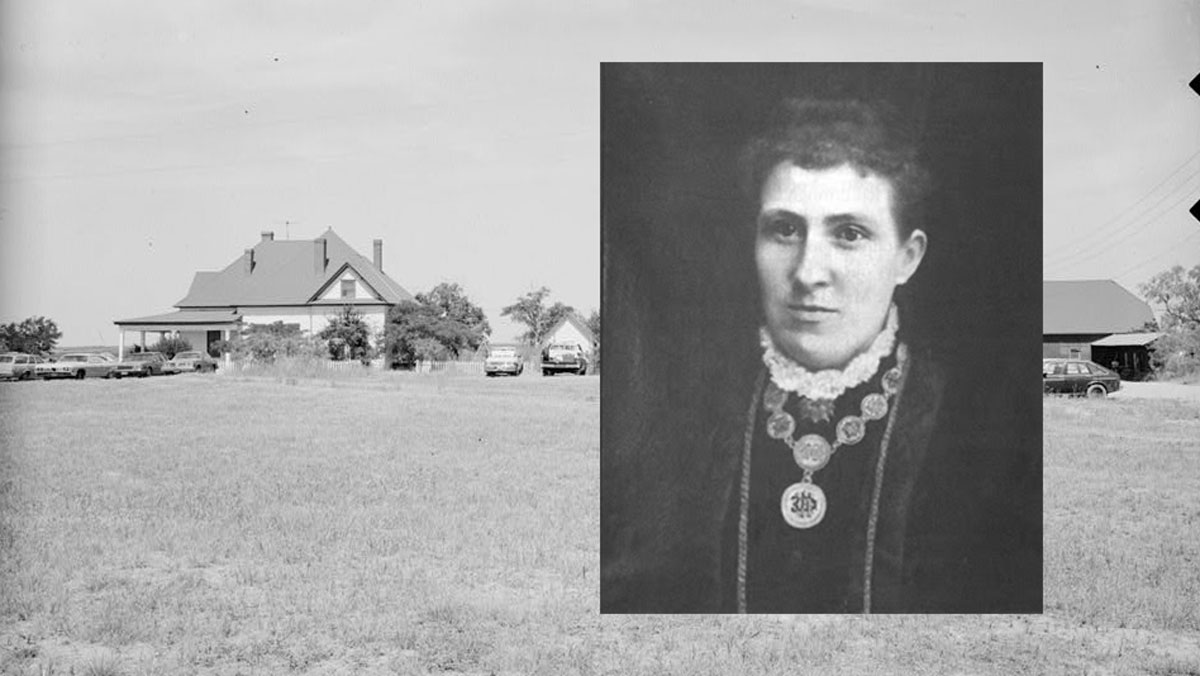
Mabel Doss Day had inherited the 85,000-acre ranch in Coleman County after the tragic death of her husband, William H. Day, in 1881. This the the headquarters area of the ranch. According to the Library of Congress, for a brief period before her death, it is presumed that Mabel Day Lea continued to occupy the old stone Day Ranch headquarters house in this compound.
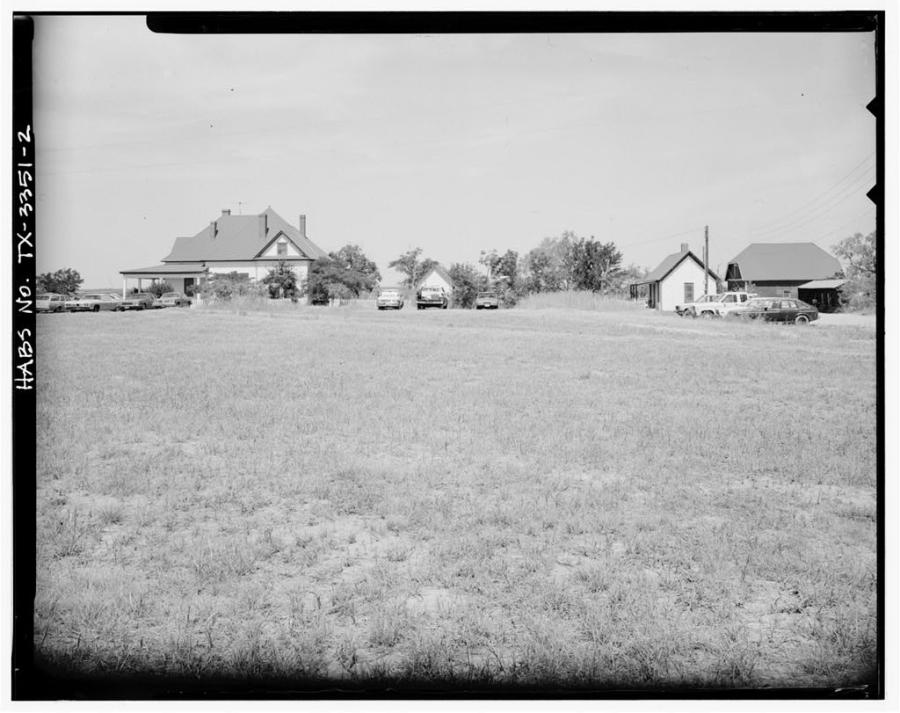
Mabel Day Lea House compound
What became known as the Fence-Cutting War was sparked by the free-grass cattlemen’s opposition to these fences, which were seen as barriers to their herds’ access to scarce water and grass during the drought. With no laws at the time regulating the building or destruction of fences, groups such as the "Owls" and the "Javelinas" armed themselves and cut wire by night, often leaving warnings not to rebuild. The widespread destruction not only caused enormous financial losses but also threatened the future of enclosed ranching in Texas.
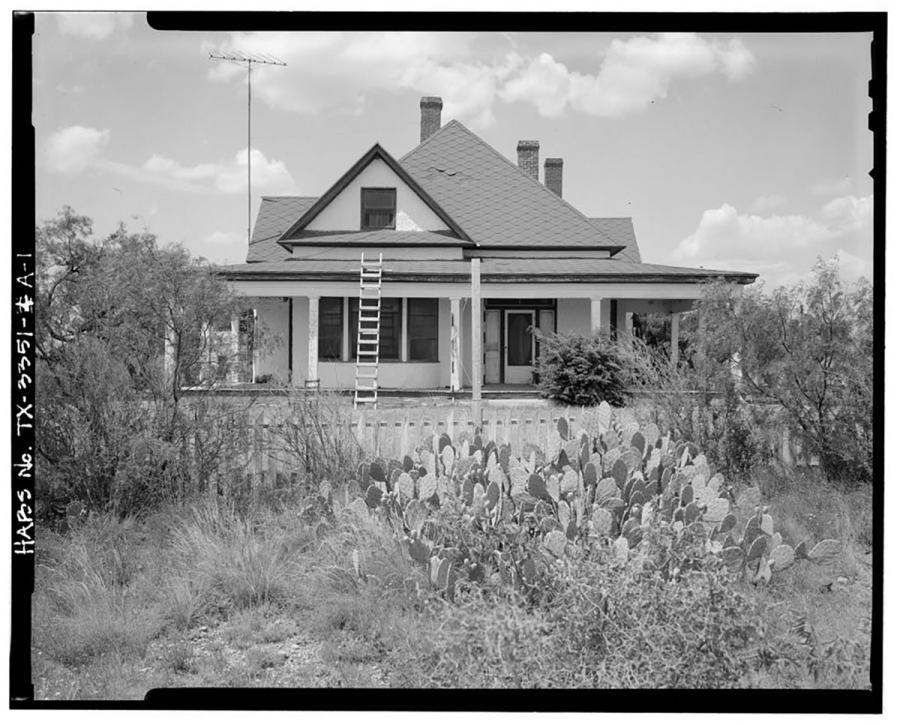
The large woodframed one-and-one-half-story main house with wide porches and a high pyramidal roof is typical of many such structures of its turn-of-thecentury period and place, a type often seen In the entire continental area of the Great Plains, from the Midwest to the Gulf of Mexico. Built at the edge of a dramatic bluff overlooking the Colorado River, the house, a tall watertower, and a very large complex of outbuildings and other ranching elements are visible for many miles around.
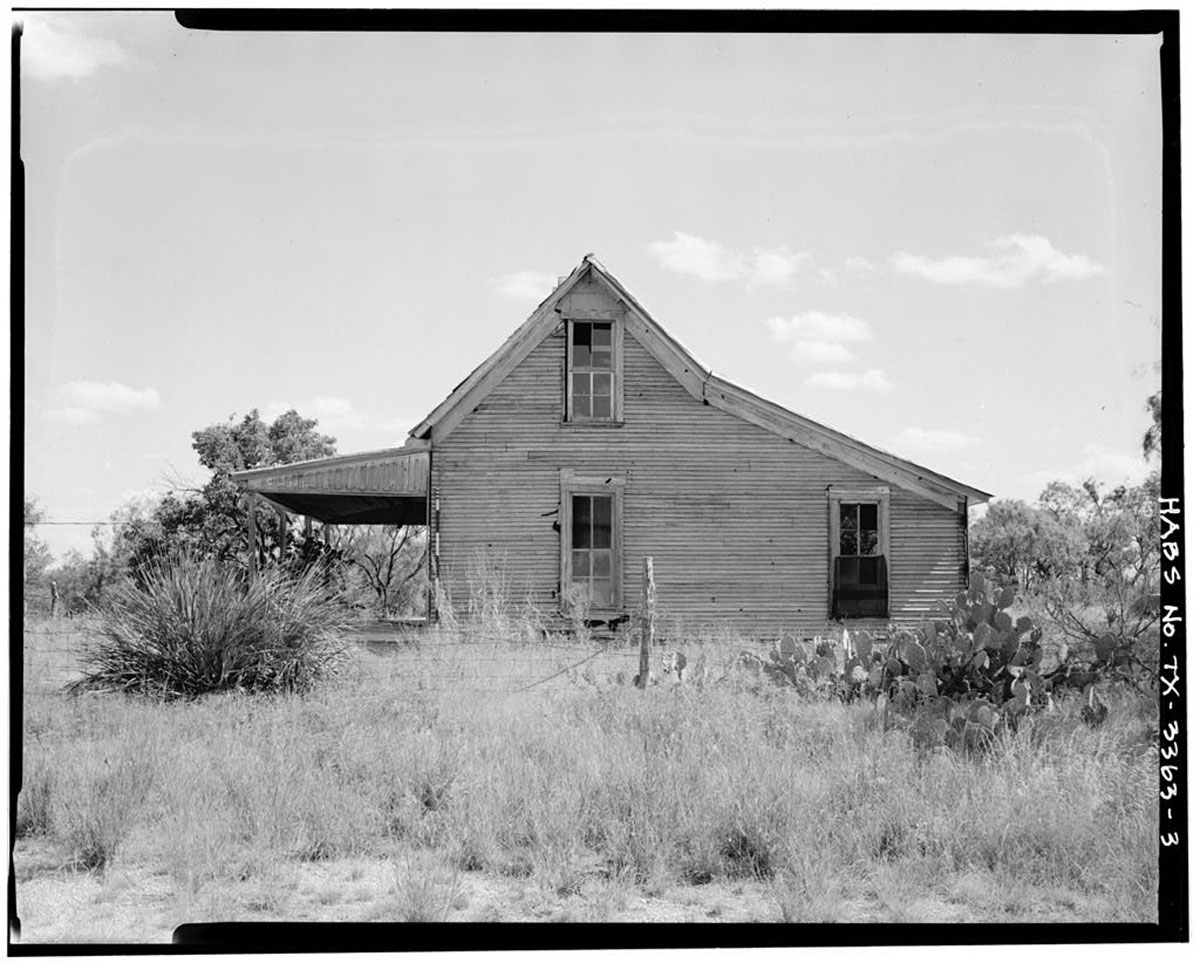
The Day-Padgitt tenant house was one of the first tenant structures ordered constructed by Mabel Day Lea. Mrs. Lea's daughter and heir, Willie Day Padgitt, had various improvements made on the site in the early twentieth century, including the construction of a concrete storm cellar west of the house. Willie Day Padgitt's son, James Padgitt, began his married life in the house in the period following World War II.5 The house functioned mainly as shelter for a long succession of tenants who were working farms in the area.
Day’s ranch was one of the prime targets. A courageous and resourceful widow, Day did not stand idly by. In response to the attacks, she traveled to Austin, lobbying lawmakers to criminalize fence cutting. Her efforts paid off. In 1884, the Texas Legislature passed a law making fence cutting a felony, punishable by up to five years in prison. This legislation marked the end of the most violent phase of the conflict and set the stage for the modern Texas ranching system.
The Fence-Cutting War left ranchers like Day with miles of fence to repair, but it also cemented the use of enclosed lands across the state. Even after remarrying and moving to New Mexico, Day continued to manage her ranch, ultimately leaving it debt-free to her daughter by the time of her death in 1906.
As the dust of the Fence-Cutting War settled in the late 1800s, the Day Ranch continued to evolve. Today, it stands as a proud recipient of the Texas Family Land Heritage award from the Texas Department of Agriculture in 1999, a testament to its enduring legacy.
Following Mabel’s death, the ranch was passed down to her daughter, Willie Mabel Day, and later to the Padgitt family, through Willie’s marriage to James Thomas Padgitt. The Padgitts, known for their involvement in the Padgitt Brothers Saddlery Company in Dallas, carried on the ranching tradition, expanding and preserving the land.
In 1947, James T. Padgitt Jr. and his wife Lillian Maverick acquired the ranch, which by then had become synonymous with Texas’s ranching history. Their two daughters, Willie Day Padgitt and Jane Maverick, continued the family’s stewardship. Willie Day made a name for herself as Miss Wool of Texas in 1960, while Jane Maverick took over management of the ranch, acquiring 6,500 acres from her parents in 1970.
The ranch’s original rock house, built in 1871 and serving as the Day Ranch headquarters, is the oldest continually occupied house in Coleman County. It has been carefully restored by Jane and her family, preserving the rich history of the Day-Padgitt legacy.
The ranch has faced challenges, including the loss of 3,500 acres to the Colorado River Municipal Water District for the O.H. Ivie Reservoir, its core remains intact, a living monument to the pioneering spirit of Texas ranchers... and fencing.
There are 5,900 acres of the Padgitt Ranch on the market today. The land, that sits north of Lake O.H. Ivie on the Runnels-Coleman county line, has an asking price of $21 million. It doesn't include mineral rights, according to the sales brochure (page 6).
Subscribe to the LIVE! Daily
Required




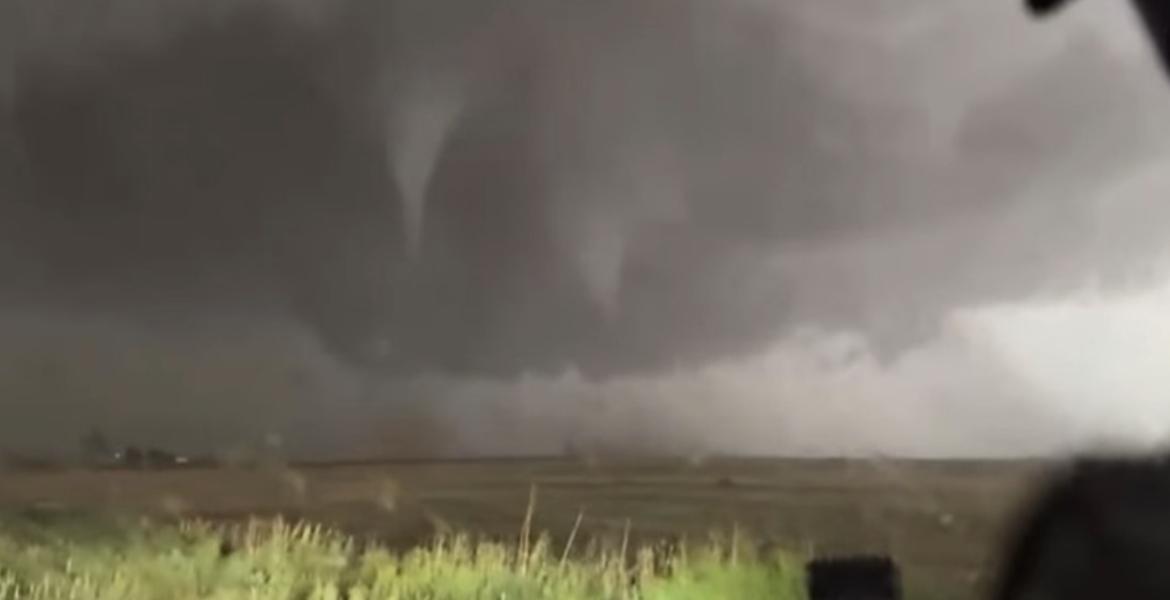

Post a comment to this article here: